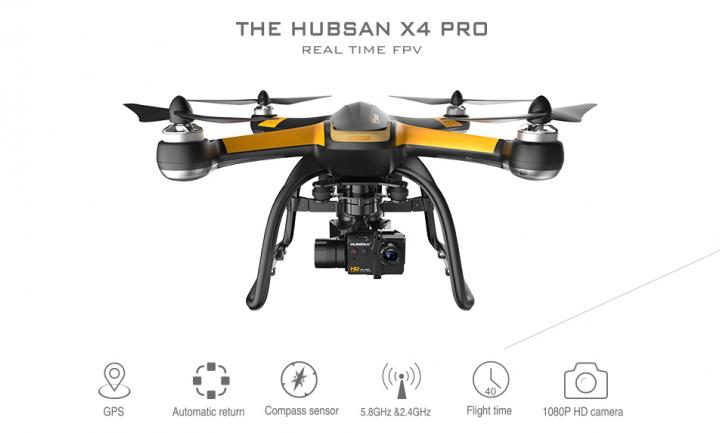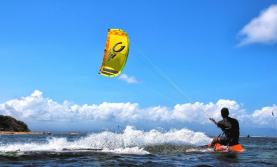The Hubsan X4 H109S Pro Quadcopter Features Overview
Image

The Hubsan X4 Pro quadcopter (H109s) is a mid-sized quadcopter that has been designed for aerial photography and video capturing. Supposed to be released in 2014, the company decided against it and has spent the time improving upon the drone and it will now be launched sometime in March 2015.
This quadcopter is being tooted as one of the best the company has produced and will have a ton of features that can even give tough competition to the existing DJI Phantom 2.
While the features have not been fully disclosed, these are the features available online.
The Hubsan X4 Pro is small in size and measures around 260mm (motor to motor). This smaller design is easier to navigate when using the controller and it is much more responsive as well. It will support a 3D Gimbal also have GoPro capability that will let you take amazing footage.
It will be equipped with an integrated First Person View (FPV) live stream that is connected to the controller and will give you great angles for your shots. The FPV technology is also compatible with Fat Shark Goggles.
The drone claims to have a flying time of about 30 minutes, which is much better than any other drone or quadcopter available in the market at the moment. It uses an 11.1 volt 700mAh battery so it might actually be a possibility.
The X4 Pro will be the first to have a selection of antennas, cloverleaf or patch to come with it. It also features multi-functional landing gear and it can be upgraded to the latest software using a wireless connection.
You can fly it in ‘Headless mode’ that means that no matter which direction the drone is pointing, it follows the stick inputs, forwards or backwards. It can hover or loiter in the same spot by using GPS and an altitude barometer. You can also be sure to get the drone back incase you lose sight of it due to its fail-safe return to home setting when the RTH switch is on.
You can even fix propeller protectors or guards for keeping it safer. Future upgrades to the drone may also have Waypoint navigation that can be enabled to let it fly autonomously.





